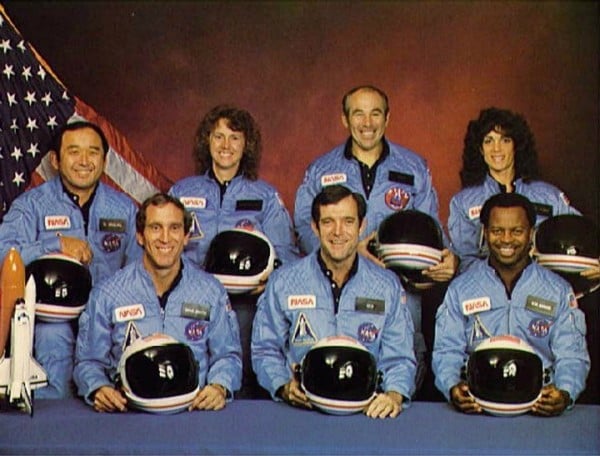
On millions of televisions around the world, we all watched on in horror.
I didn’t find out until years later that the crew of space shuttle Challenger were alive for three, excruciating minutes, well aware they were plunging to their deaths after the shuttle exploded. Loved ones watching on the ground and well wishers quickly went from clapping and cheering to sobbing.
It was by sheer accident that I watched the tragedy unfold that morning. It was 1986. I was 10 and had gotten into the habit of waking up early in the morning to watch cartoons before my family woke up and I had to start getting ready for school.
I can’t remember the exact time it was but I remember getting up before the sun had even risen. I tip-toed into the lounge so that nobody would hear me creeping out of bed. If confronted later in the morning I would claim that I had only been up for around 30 minutes and had gotten plenty of sleep.



